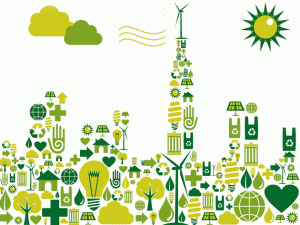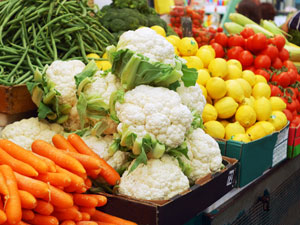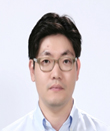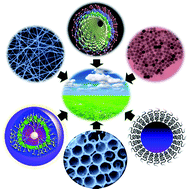 Energy & Environmental Science is delighted to welcome Dr Henry Snaith of the University of Oxford to our Advisory Board. Dr Snaith is an expert on photovoltaic and optoelectronic devices and is a Senior Research Fellow of Jesus college.
Energy & Environmental Science is delighted to welcome Dr Henry Snaith of the University of Oxford to our Advisory Board. Dr Snaith is an expert on photovoltaic and optoelectronic devices and is a Senior Research Fellow of Jesus college.
The research carried out in his group covers both improving the absolute performance of existing technologies as well as undertaking fundamental studies to better understand the photovoltaic process.
The work includes:
- developing novel routes to fabricating functional nanostructured composites
- integration into solar cells
- device fabrication and characterisation
Dr Snaith’s most recent articles in Energy & Environmental Science include his protocol article on measuring the performance of solar cells as well as original research.Take a look at these articles today:
How should you measure your excitonic solar cells?
Henry J. Snaith
DOI: 10.1039/C2EE03429H
The origin of an efficiency improving “light soaking” effect in SnO2 based solid-state dye-sensitized solar cells
Priti Tiwana, Pablo Docampo, Michael B. Johnston, Laura M. Herz and Henry J. Snaith
DOI: 10.1039/C2EE22320A
The effect of selective interactions at the interface of polymer–oxide hybrid solar cells
Eleonora V. Canesi, Maddalena Binda, Antonio Abate, Simone Guarnera, Luca Moretti, Valerio D’Innocenzo, R. Sai Santosh Kumar, Chiara Bertarelli, Agnese Abrusci, Henry Snaith, Alberto Calloni, Alberto Brambilla, Franco Ciccacci, Stefano Aghion, Fabio Moia, Rafael Ferragut, Claudio Melis, Giuliano Malloci, Alessandro Mattoni, Guglielmo Lanzani and Annamaria Petrozza
DOI: 10.1039/C2EE22212D















